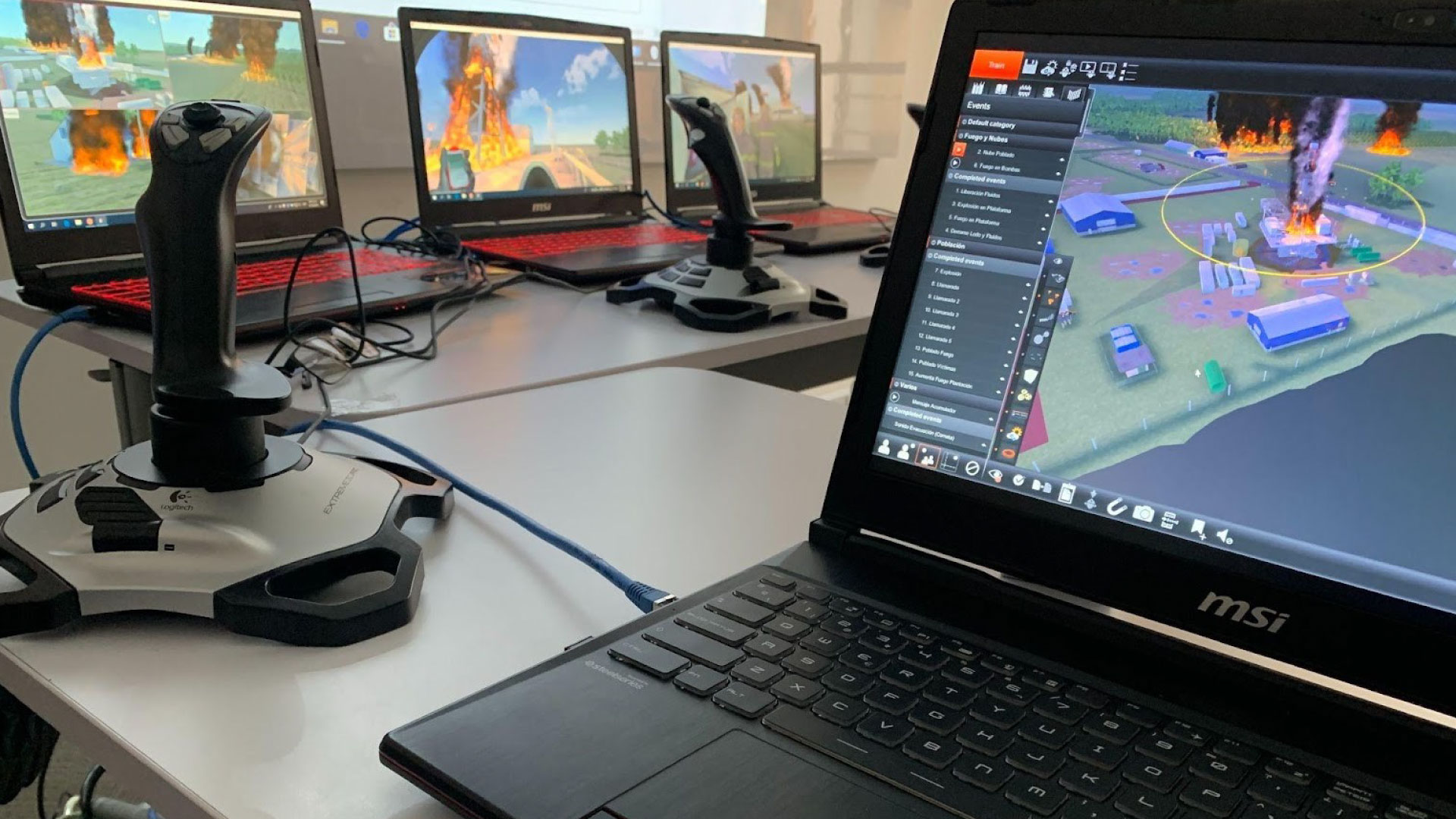Through the most advanced tools worldwide in disaster scenario simulation, we were able to articulate the Emergency Management, Business Support and Corporate Crisis teams in a single exercise of high technical and strategic demand in the largest company in Colombia; this exercise has been replicated in other large companies in Latin America.
An emergency with a high impact potential can jeopardize the business continuity of critical processes and even its mission. Testing those responsible for this type of situation is no small task and requires planning simulation exercises that make sense to the participants.
The purpose pursued by our client: to strengthen its capacity to respond to disaster situations that may arise due to loss of containment of hazardous substances or hydrocarbon derivatives in such a way that allows scaling from the incident management team to the corporate crisis committee according to the established plans and in compliance with national legislation: Law 1523 of 2012, Decree 2157 of 2017 Decree 1347 among others.
Starting from a review of all the client’s procedures and standards in order to integrate them into the planning of the exercise and make it in line with all the possible effects identified in the risk analysis, SACS Consulting builds a script that determines which are the feeders of the exercise; these are produced in actors, videos, virtual reality environments, fakenews, among others. During the execution, a complete accompaniment of all the groups activated in the exercise with facilitators, observers and evaluators. We conclude with an evaluation process that identifies an improvement plan for each of the response groups (incident management, business continuity and crisis management). Throughout the process we generated innovative pieces for the calls for proposals, executive briefing papers and exercise roll-out meetings.
SACS Consulting highlights the customized training process, in line with a scenario of high importance in the management in which the exercise took place. Also, the approach from the complete structure of emergency management, business continuity and crisis management in one of the largest companies in the country. Finally, the immersion of the participants in exercises that simulate every detail of what can happen, bringing those involved in a situation very close to reality.
The result was to test one of the most complex operational scenarios from emergency management to the activation of business continuity plans and to test the crisis committee with senior management. Continuous improvement processes are identified in the technological support of each of the intervention groups and those available for the follow-up of the event. We achieved a high level of receptivity from the participants despite the fact that it was only an exercise without deployment of resources, but it was very close to reality.
Successful incident and/or crisis response is the result of effective and comprehensive coordination of leadership, resources, knowledge and management within the organization.
The real test for the organization is in the stormy weather and for that you have to simulate the worst storm you can get.
Reflections to which we should invite:
Do your simulation exercises add value? Or do they focus on complying with formalities?
Are they truly prepared to lead their team in stormy weather? Or are you optimistic?
Are you truly satisfied? Or are they complacent?


